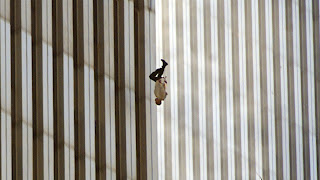The Minnesota white ducks are preparing for their big debut on the United States Aflac commercial. Though over budget the commercial came out a success.
Benjamin Patel is waiting patiently on a dark beach in Venice to discover whether he has been kidnapped or staring in a febreeze commercial. Luckily for him it was only a commercial and will be starring on T.V.s all around the world.
Rules of Photography:
1. Rule of thirds: A guideline for off centering the subject of your photo. Imagine the screen is spilt in thirds horizontally and vertically and consider the line intersections as good places to place your subject.
2. Balance: The arrangement of shapes, colors, or areas of light and dark that complement one another so that the photograph looks well-balanced, not lopsided.
3.Leading Lines: A line that provides a way into the picture, allowing a simple and easy path for the eye to follow to the main subject.
4. Symmetry: Studying the strength of a photos line, geometric shapes, and balance to create symmetry or a pattern that allows for better composition of the photo.
5. Viewpoint: Changing how the subject is viewed in order to tell more about what's going on in the photo.
6. Background: Creating a simple background to avoid distraction from the subject.
7. Create depth: Using the scenery, such as hills or mountains, to add depth to the photo.
8. Framing: Creating a natural frame around the subject to draw more attention towards them.
9. Cropping: If your subject is small or lost in a photo filled with other subjects, crop it to allow the viewer to know what the focus should be.
10. Mergers and avoiding them:Mergers are things that fit half in the frame and had out. A merger could also be similar colors or subjects interfering with each other. To avoid merger make sure that all of your subject fits inside the frame and that the subject sticks out easily.
Aperture, SS and ISO:
Aperture adds dimension to a photo through adjusting the blurriness of a photograph background or creating more focus on a subject.
Shutter Speed adds a dramatic effect by either freezing an action or adding a blurriness to it.
ISO is adjusting the level of sensitivity to light is available for your camera.
Photoshop:
It is okay to adjust the lighting or levels of your photograph. Photoshop can also work as a great tool to add different text or clip outs into your photo. However it is not acceptable to completely change the way that your subject looks, especially if using a human subject.
Portraits:
Environmental portraits take place in an area that is important to what story or message your trying to get through to your viewer. The background does not become unnoticeable and plays a big part in your photograph.
Formal portraits typically take place in a studio. They are set up and the subject is usually looking directly at the camera.
Informal portraits also focus on a main subject, but the subject is typically completely an action, looking away etc. But the overall photograph of the subject is able to tell more about the subject.
Photographic Terms:

















































